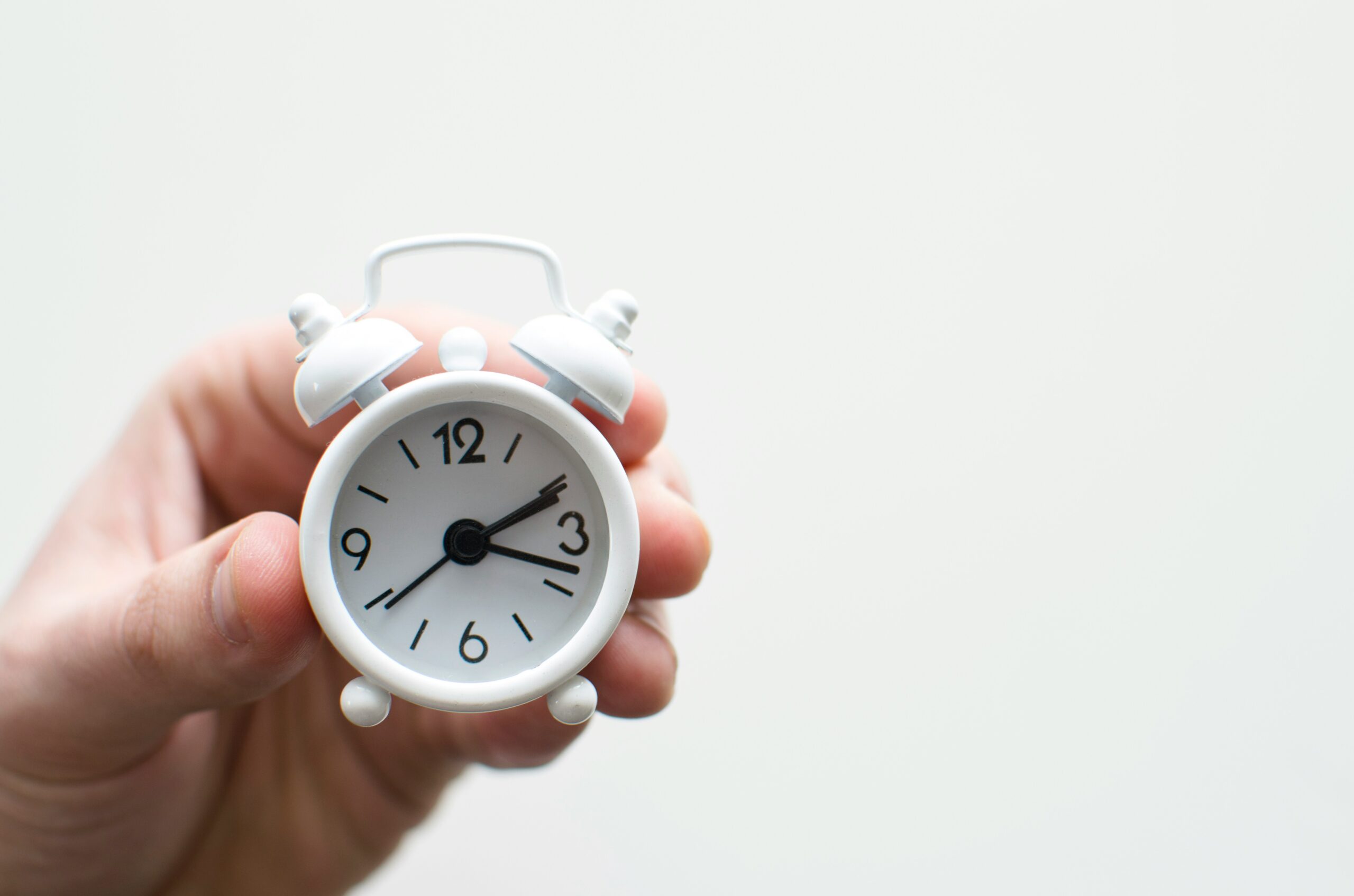The Future of AI and Illustrators: Predictions, Challenges, and How to Thrive
By Shunsuke Satake (Illustrator)
The evolution of AI-powered image generation has been nothing short of astonishing. Tools such as ChatGPT and other generative models now allow anyone to produce high-quality illustrations with a few simple prompts. This explosion of creative accessibility has generated excitement and concern alike within the artistic community.
While it’s easy to get caught up in debates about AI’s merits and drawbacks, it’s perhaps more productive to focus on what lies ahead. As a professional illustrator, I want to share my predictions and personal strategies for navigating the changing landscape. Revisiting this in a few years may reveal how accurate (or not) these speculations were.
The Rapid Advancement of Generative AI
The speed at which AI evolves is undeniably impressive. Only a few years ago, there were creative domains we believed to be uniquely human. Today, AI can produce illustrations so convincingly that it’s difficult to distinguish them from hand-drawn originals. The gap is closing fast.
We’re at a point where nitpicking flaws in AI work feels more like preserving human pride than providing constructive critique. That edge—once considered uniquely human—may soon vanish. The march of innovation shows no signs of slowing down.
Will Illustrators Lose Their Jobs?
It’s not entirely accurate to say illustrators will “lose” their jobs, as that implies a direct one-to-one replacement by AI. However, it’s realistic to assume that the amount of work available to human illustrators will decrease overall. Certain roles and projects will inevitably be absorbed by AI-generated options due to cost or efficiency.
Trying to compete with AI on its own terms—by replicating styles or output—is a losing game. Instead, building a career around a distinctive, irreplaceable human perspective is much more sustainable. The secret lies in nurturing a unique voice and creative identity.
What Does the Future Hold for Illustration?
AI-generated illustrations may soon proliferate in everyday spaces, just as the whimsical art of Irasutoya became ubiquitous in Japan. However, this shift isn’t particularly alarming. When free illustrations are replaced by other free illustrations, the commercial landscape doesn’t change dramatically.
Stock image platforms, however, may undergo a more disruptive transformation. As AI-generated images—often mislabeled as hand-made—flood these libraries, traditional illustrators could face serious competition. Adapting to this shift may require advertisers and platforms to develop more ethical and transparent usage policies.
How Will Companies React?
Corporations will likely split into two camps: those that embrace AI-generated content and those that continue to value handmade art. Not all clients will pursue the same path, which allows human illustrators to continue working with clients who value authenticity, detail, and emotional resonance.
Although many companies are testing AI-generated media for its novelty, the use of such content remains controversial. As public perception evolves and acceptance grows, those choosing not to rely on human illustrators might increase. However, for now, many businesses remain cautious in adopting AI as a creative replacement.
Personally, I see no value in pursuing clients who use AI strictly due to budget limitations. If they can’t afford illustration fees, our values probably don’t align to begin with.
Rising Copyright Concerns
As AI-generated images become more widespread, so too will legal disputes over ownership and copyright. Already, questionable cases appear where creators falsely claim AI art as their own work. As these incidents multiply, users and stakeholders will become more aware of the potential legal pitfalls associated with AI art.
Even conflicts among AI artists themselves over prompts and output ownership are expected to rise. Fundamental questions remain unanswered: who owns the rights to AI-generated content—the user, the developer, or the model itself?
In the long term, increased awareness and litigation could push lawmakers to update legal frameworks to reflect the new digital reality. Until then, vigilance and advocacy are essential.
The Shifting Relationship Between AI and Illustrators
The narrative has often been “AI versus Humans,” but the future likely lies in collaboration. Eventually, the conversation will shift to, “How can artists use AI creatively?” For some creators, AI might become the very point of entry into illustration.
Despite its capabilities, AI is unlikely to be a differentiating factor for long. As prompts and techniques become standardized, simply knowing how to generate images with AI won’t be enough. What will set artists apart will continue to be their emotional depth, originality, and visual storytelling skills.
Will I Personally Use AI for Illustration?
I don’t hold an inherent dislike for AI. If technology can enhance society ethically and meaningfully, I’m all for it. However, many ethical and legal gray areas remain—in particular, surrounding image rights and ownership.
Until those uncertainties are resolved, I choose not to incorporate AI into my professional work. Should the legal and ethical frameworks catch up and clearly define usage rights, I may reconsider. But until then, AI won’t be part of my workflow.
Surviving and Thriving in the AI Era
If choosing not to use AI puts me at a disadvantage, so be it. That doesn’t mean I’ll simply give up. Instead, I’ll continue to identify areas where my human skills are unmatched and develop them further. What can I do that AI can’t?
- Draw because I want to, not because I was told to
- Take initiative and act before being asked
- Create beyond the brief
- Express joy through brush strokes
- Communicate, report progress, and accept responsibility
- Celebrate completion and shared success with clients
- Feel gratitude and express it meaningfully
These may seem like simple actions, but they reflect the depth and soul that only human creators can bring to the table. Joy in creation is something I always want to protect.
A return to analog techniques is also gaining traction. Incorporating more traditional, hands-on methods could be part of a powerful strategy moving forward, and it’s something I’ve already embraced.
Final Thoughts
I’ve shared my thoughts and predictions about the future of illustration in an AI-driven world. While the direction may be uncertain, one truth remains: my passion for drawing continues, and that’s what matters most. Whether or not AI becomes an integral part of our creative industry, I’ll keep watching, creating, and adapting as best I can.
Years from now, I wonder what my future self will think of these reflections. I may not become an AI illustrator, but who can really say what lies ahead? All I know is—I’ll keep drawing with joy, as long as I can.


